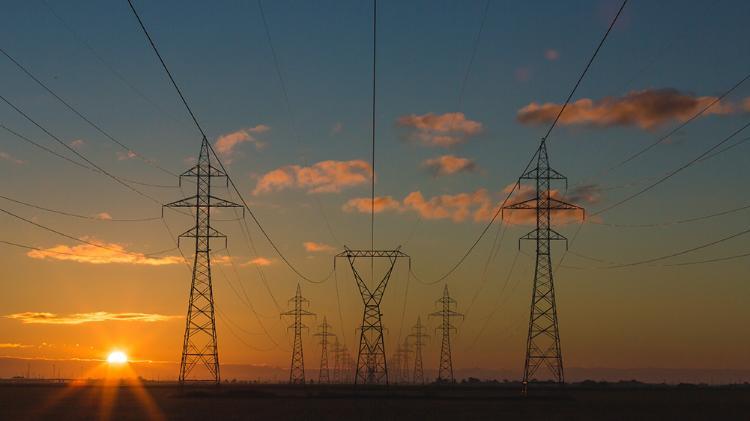November 16, 2023
APQRC Pioneers Load Testing Research to Transform Australia's Energy Landscape
The Australian Power Quality Research Centre (APQRC) is at the forefront of new power quality research, spearheading load testing initiatives aimed at enhancing energy regulation, reducing electricity outages increasing hosting capacity for renewable energy and ensuring better preparation for load fluctuations. This innovative research also holds the promise of potential electricity price reductions for consumers.
In collaboration with esteemed partners, including the Commonwealth Scientific and Industrial Research Organisation (CSIRO), the University of New South Wales (UNSW) and the Australian Energy Market Operator (AEMO), the APQRC is actively contributing to the Global Power System Transformation (GPST) project under Topic 9: Distributed Energy Resources (DER) and Stability. The project's core mission is to redefine energy standards, ensuring a more efficient, reliable, and sustainable power supply.
One standout contributor to this critical research is Obaidur Rahman, a Research Fellow at APQRC, working under the guidance of APQRC Director Associate Professor Duane Robinson and APQRC Research Coordinator Sean Elphick. Obaidur is conducting comprehensive testing on a diverse range of consumer appliances to evolve the existing AEMO Static Load Model into a more comprehensive Composite Load Model. The Static Load Model is a key tool used by AEMO to identify power system constraints which in turn is key to ensuring power system reliability. Through adoption into the Static Load Model, the parameters identified in this research will play a pivotal role in shaping the future of Australia's energy landscape.
In their ongoing experiments, the APQRC team has rigorously tested 40-50 appliances, including LED lights, washing machines, dryers, air conditioners (both small and inverter-based), and even electric vehicle (EV) chargers using real EVs. Their research has focused on assessing the responses of the appliances to various disturbances, such as voltage sags, swells, frequency changes, and phase angle jumps, all designed to simulate real-world network conditions.
The project's extensive experimental testing focuses on understanding the responses of modern residential loads to disturbances. These tests provide invaluable insights into the behaviour of different load types, aiding in ensuring network stability during power system transients and the development of effective control strategies.
However, the significance of this research extends beyond the laboratory. It has the potential to drive innovation and improvement within the energy sector, perfectly aligning with APQRC's core research goals. The research findings will be instrumental in fine-tuning the composite load model for AEMO, ensuring it accurately reflects the dynamic response of EV chargers in the presence of grid faults. The project also sheds light on load responses to grid disturbances, uncovering characteristics that are not currently modelled.
The implications of this research reach far and wide, promising a brighter, more efficient, and reliable energy future for Australians. As Australia continues its journey towards renewable energy sources, projects like these are pivotal in ensuring a sustainable and resilient power grid.
